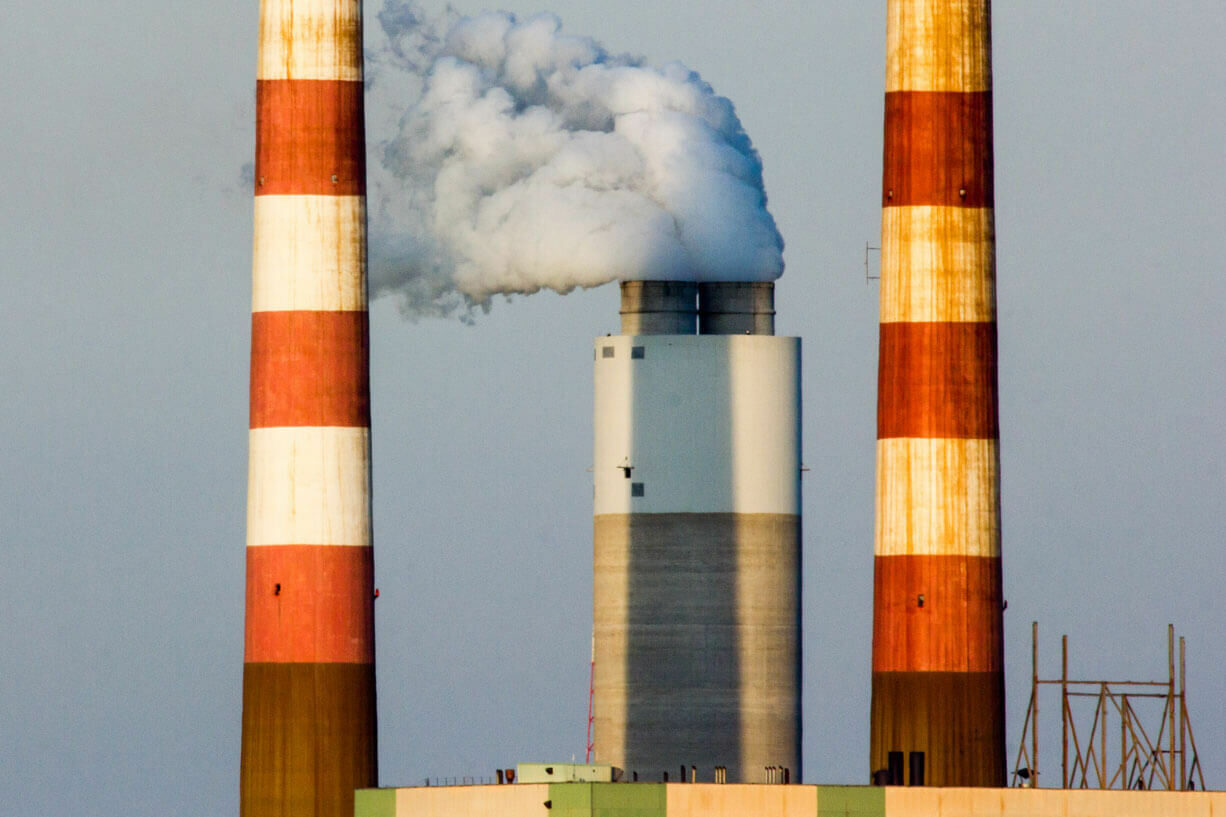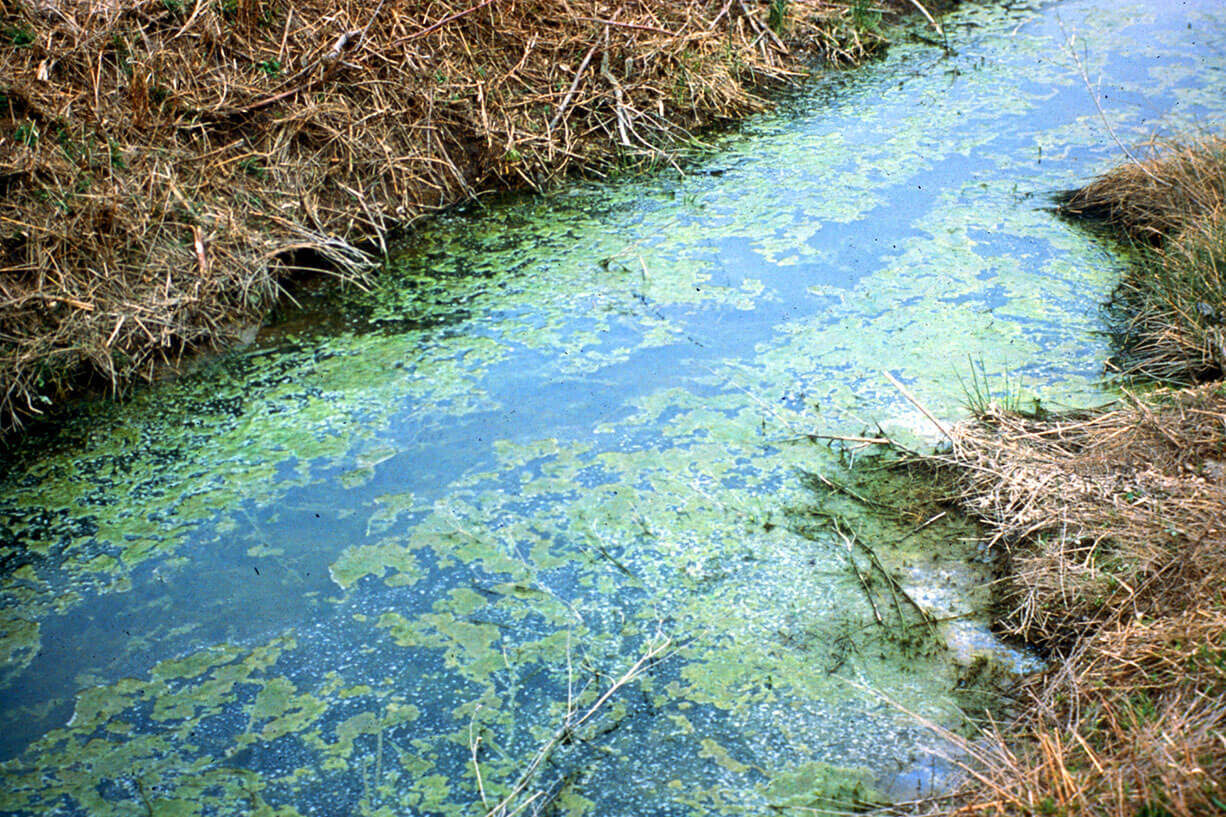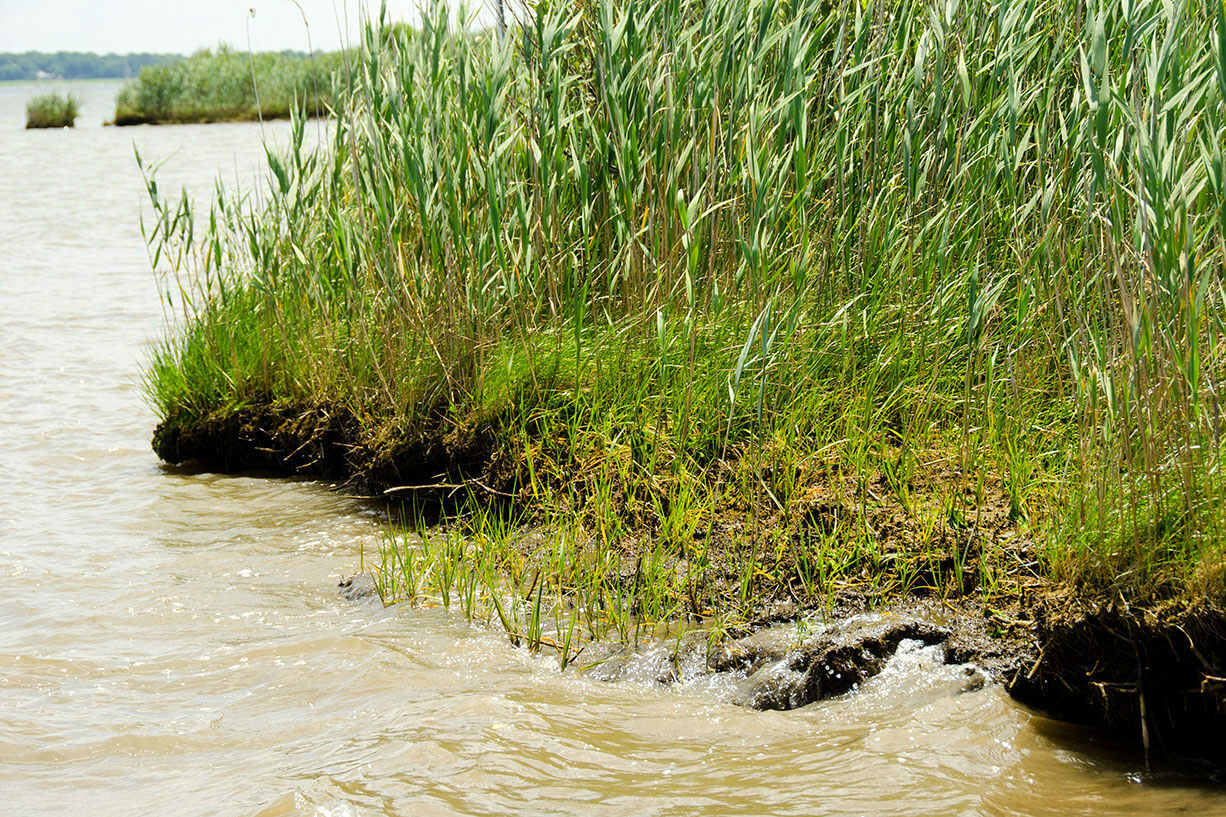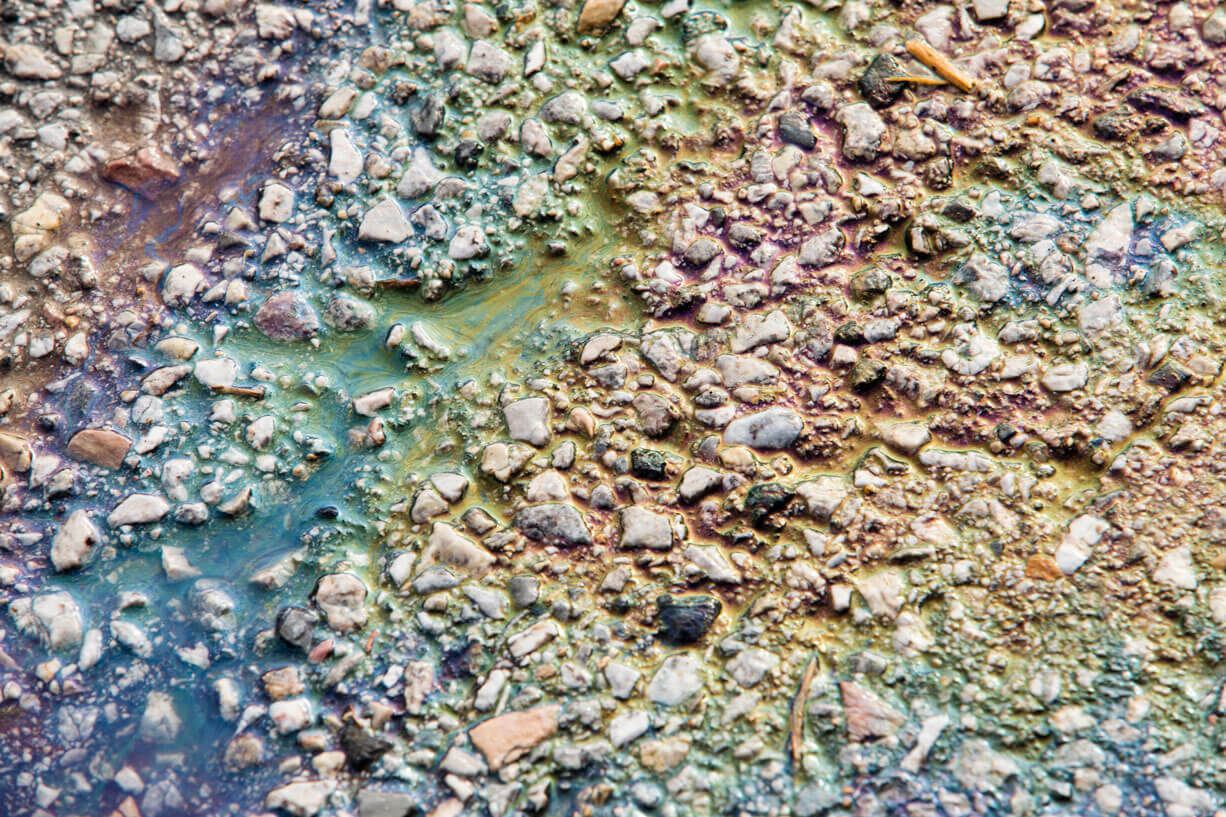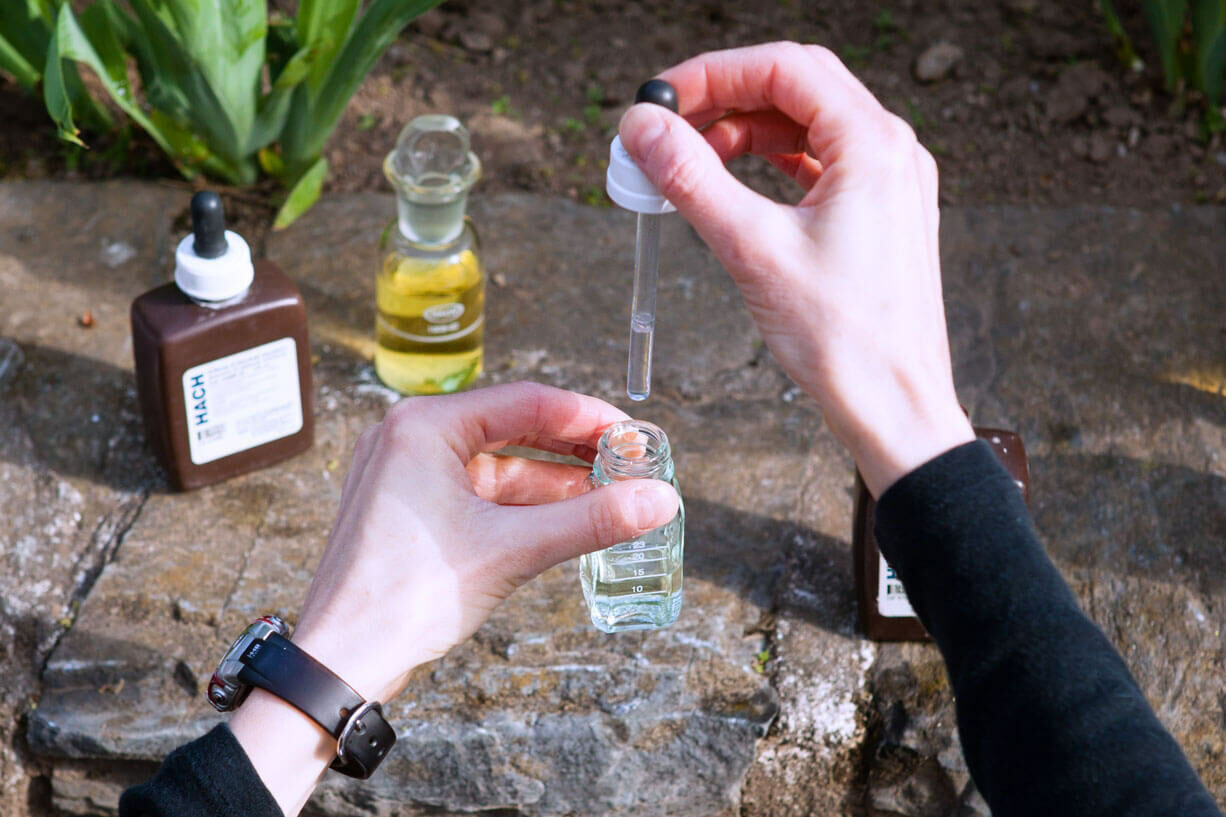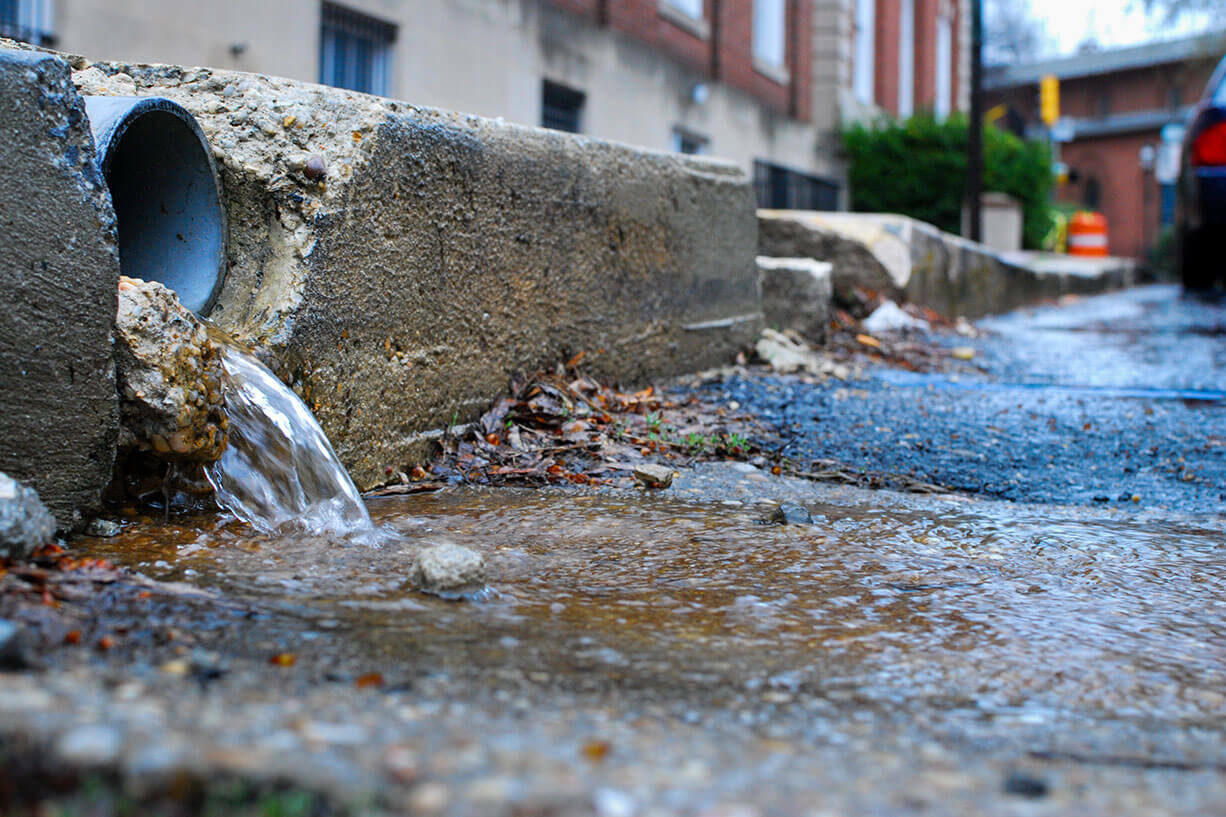Water Quality
For the Chesapeake Bay to be a productive ecosystem, the water of the Bay, its rivers and its streams must be healthy. In other words, it should be clear, contain the right amounts of oxygen and algae, and be free of chemical contaminants. Good water quality supports fish and wildlife populations and allows for healthy human interaction with the watershed.
Studying water quality can give students the background knowledge needed to understand how scientists come to conclusions about the health of local waterways and the Chesapeake Bay. Your students can explore real-time data, like the Chesapeake Bay Buoys, to learn how water quality changes throughout the year in response to human actions and natural events, and look through summaries, like the Bay Report Card, to understand how water quality relates to underwater bay grasses and wildlife as well as how health indicators have changed over the years.
Water quality investigations can also be very hands-on and local. Students can conduct simple water quality tests at nearby waterways - from the river that flows through town, or a small creek at the edge of their school - and start a data collection to share on a community science platform. Water quality tests can lead to questions about the activities that impact our waterways and be used to inform student action.

